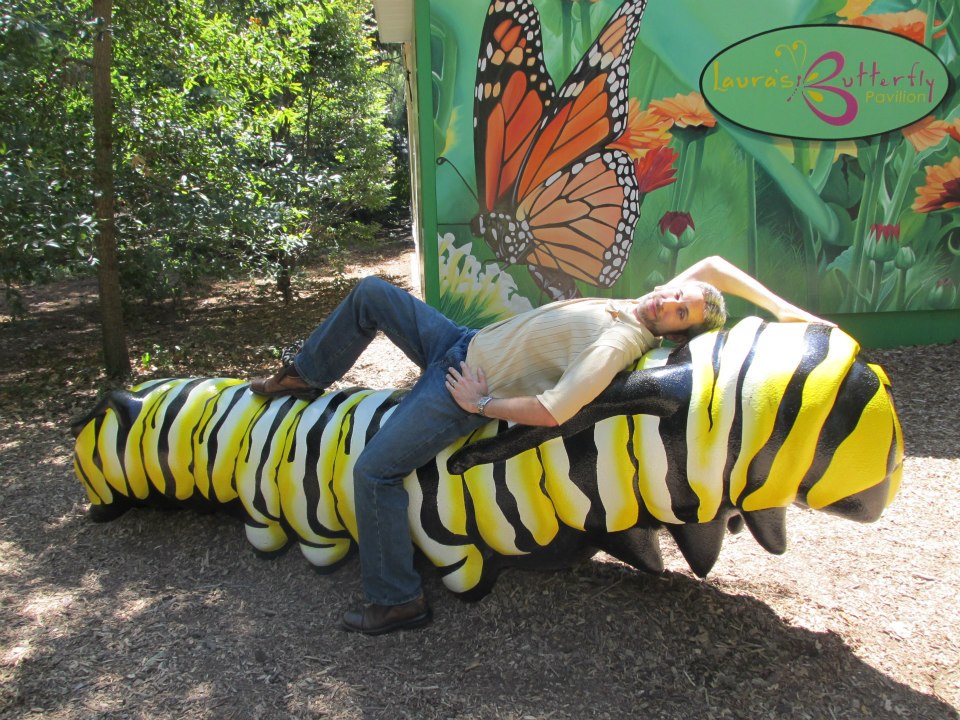Here's Chip Taylor:
"Q: Will monarchs recover?
Taylor: Catastrophic mortality due to extreme weather events is part of their history. The numbers have been low many times in the past and have recovered, and they will again. Monarchs are resilient."
And here's Karen Oberhauser:
"Insect populations are notorious for their annual fluctuations, but this value is concerning. It is the second lowest ever reported; only the winter of 2013-2014 was lower (0.67 ha). In 31 years of measurements, only six years have declined over 55% from one season to the next and a drop this dramatic has never before occurred after a year as low as last year’s 2.21 ha. While monarchs did rebound after the low of 2013, numbers this low leave the population more vulnerable to catastrophic events, like a winter storm in the next month before monarchs leave their wintering grounds, or weather conditions that lead to low reproductive success in next spring or summer [too damp, too dry, etc]....
There are concerning indications that the conditions that are bad for monarchs are becoming more common due to human-induced climate change. Additionally, there is strong evidence that a two decade decline from the mid-1990’s through about 2005 was driven by loss of breeding habitat. The amount of available habitat sets a ceiling for how many monarchs can be produced in a “good” year, and that ceiling is lower than it was in the past. Restoration efforts appear to be just keeping pace with ongoing habitat loss, so there has been little change in habitat availability over the past 20 or so years."
As someone living on the edge of the former tallgrass, I can tell you the primary breeding range in the northern Plains / Midwest is gone. It's just gone.
Climate change and habitat loss. Those are the words we need to hear and absorb and reckon with. Words that rile up lots of folks, and that's fine by me. We are in a mass extinction caused by us, by our human supremacy. We are all, directly and indirectly, supporting ecocide. I am right now, running this computer off of coal, about to eat a dinner that traveled too far to get here, on land surrounded by monoculture of one form or another. But the master's tools will not bring down the master's house.
I believe the things that have the greatest impact are the things that are in people's faces, that make obvious the issues, that make us truly uncomfortable and shake us from our easy complacency (which, by the way, is exactly how we're being played by those with so much of the power and wealth -- fight about Taylor Swift, be upset about the cost of milk, get the new phone at a discount, here's this manufactured crisis and this crisis but whatever you do don't actually look behind the curtain; heck, they know you don't want to anyway).
So this is about far, far more than monarchs.
What can you do?
1) Rip out your front lawn. All of it. This spring. Not because that will "save monarchs" or any other species, but because this will create a breach in the status quo. Good trouble. Education. Bearing witness. Giving hope something to sink its teeth into. Also, getting folks re-accustomed to nature after JUST 70 YEARS of urban monoculture nirvana; for 99.9999% (that's 4 nines) of our history, it's been in the immediate presence of diverse plants and animals. We need to get re-acquainted, and not with gentle steps of deeper foundation beds. Whole yards. Half of parks. All of industrial parks around corporate HQ.
2) Start a social media page. Start a community action group or get involved in one. Put fire to the feet of city officials. Start local. Get the bluestem roots movement going. This is not my strength or skill set -- that's #1 -- but it is for many of you. We need all stripes here.
3) Sure, donate to local nonprofits working for conservation and restoration, but also those working for social justice among our species, too -- and the environment is so tied into social justice for humans. It's all related, intertwined. I just read a study that urban areas which are more resilient to community trauma (think violence) have vast greenspaces and trail networks.
Prairie up.



 RSS Feed
RSS Feed

